The historical Sadie Hawkins controversy
This original comic by Al Capp depicts the race on the first Sadie Hawkins Day.
November 29, 2022
Several weeks ago, Student Council organized the first U.S.A. Week at Manitou Springs High School. The week was intended to celebrate veterans and first responders, raise money for the Wounded Warrior Project and offer another opportunity to bolster school culture. StuCo planned dress up days, including Wild West Day and U.S.A. Day and evening fundraising activities, including Senior vs Juniors Volleyball and a Chili Cook-off throughout the week. The week concluded with a dance on Sat., Nov. 12.
The dance was originally planned as a Sadie Hawkins Dance, because Nov. 13 is National Sadie Hawkins Day, but the Gay Straight Trans Alliance took issue with the implications of the dance in a meeting with StuCo on Wed., Oct. 31. The dance name was changed to the “Be Bold Sadie Hawkins Dance: Step Out of Your Comfort Zone,’” Student Body President Luke Donegan (12) said. “We are able to kind of go outside of our boundaries or limits.”
While the addition of “be bold” and “step out of your comfort zone” added a more positive spin to the dance, the change didn’t go far enough.
The Sadie Hawkins Dance originates from cartoonist Al Capp’s comic strip Lil’ Abner, where unmarried women chased potential suitors. If the bachelors were caught, they were forced to marry the woman.
While the two danced, the women would step on the man’s feet to impair his running the next day. With the general progression of the world, the race was removed; but the women still asked the men to dance.
At the time of its conception, this was a wild notion; however, this has become somewhat normalized rather than remaining a novelty. “I don’t think it ever was about authentic empowerment. I believe it branded female empowerment as a form of entertainment for the community,” Jessica Moen, a teacher at MSHS, said.
While it was eventually adapted into a thing of empowerment, its origins and age still show through. Becket Wendel-Evans (9) agrees that the origins of the Sadie Hawkins dance may overshadow our school’s event.
“On one hand, we say we encourage equality, but then we still have this day where we say ‘oh look how novel it is for a girl to ask out a guy.’”
Even if it was once a feminist event, its history is too distasteful to ignore. Wendel-Evans described its original idea as “insulting and creepy.”
“While the idea of the dance is often expressed as a means to empower women into taking control of their lives, it might also serve to reinforce the stereotype that a woman needs a man to be complete,” Moen said.
Even when you ignore the history, the Sadie Hawkins dance still does not sit right. With the gender and sexuality spectrum evolving, this event could be exclusionary to specific groups. Specifically those outside of the gender binary or who feel attraction to the same gender.
Ace Fridman (9), a gender non-conforming student at MSHS, believes this dance excludes a sizable part of the student body. “People outside of the binary don’t have any options and people who like the same gender,” Fridman said. “It’s excluding them also.”
StuCo does not wish to exclude any student body members when organizing events; in fact, one of their main purposes is to bring the student body together. The fact that they met with GSTA to listen to their concerns demonstrates this; however, the fact remains that the name and all of its negative connotations remained. They adjusted the name of the dance to remove focus from the history of Sadie Hawkins. Donegan said, “It’d be great if we can somehow kind of add this new tradition that we’ve created into our school. I think it’s a great idea and it just kind of gives people some fun things to do.” In the end, even though the tradition is outdated, our student council only wanted to create a fun night for the students.

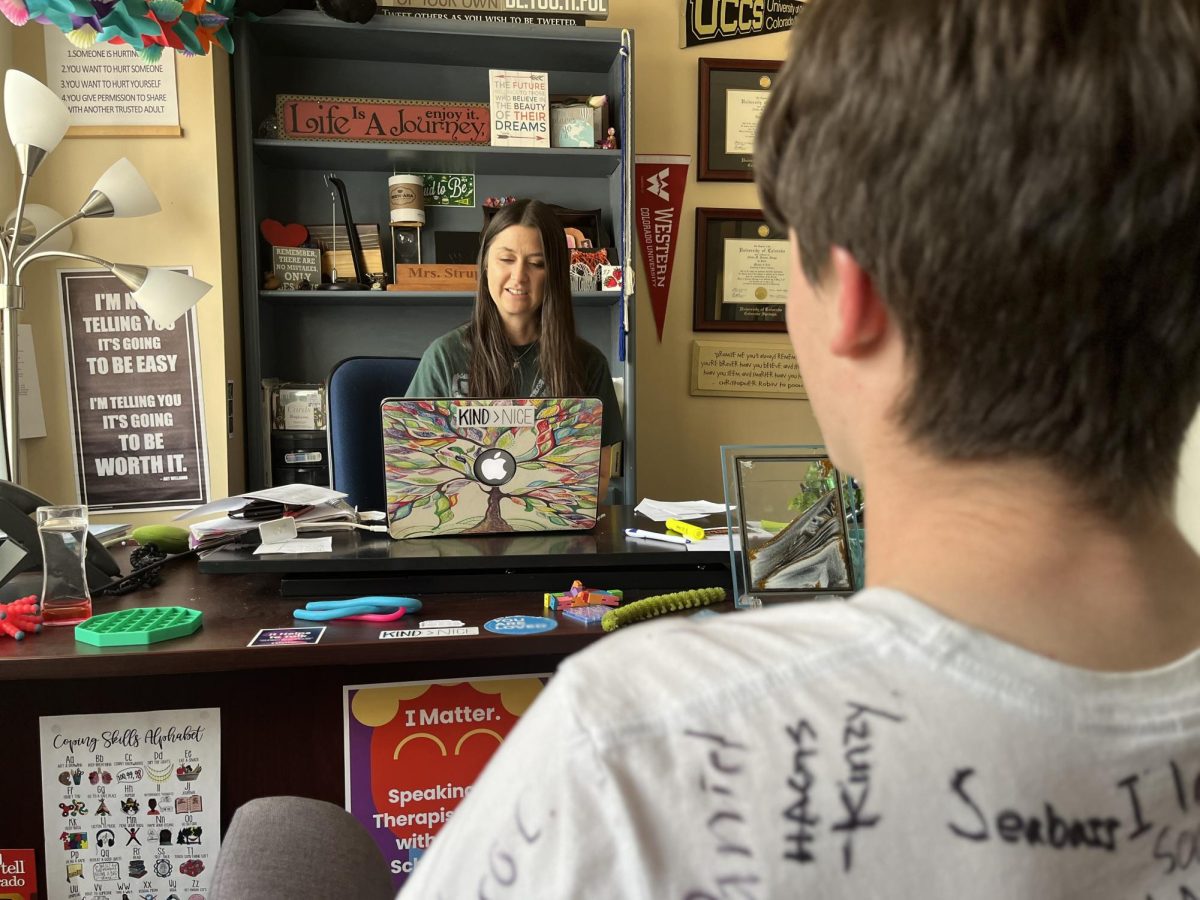
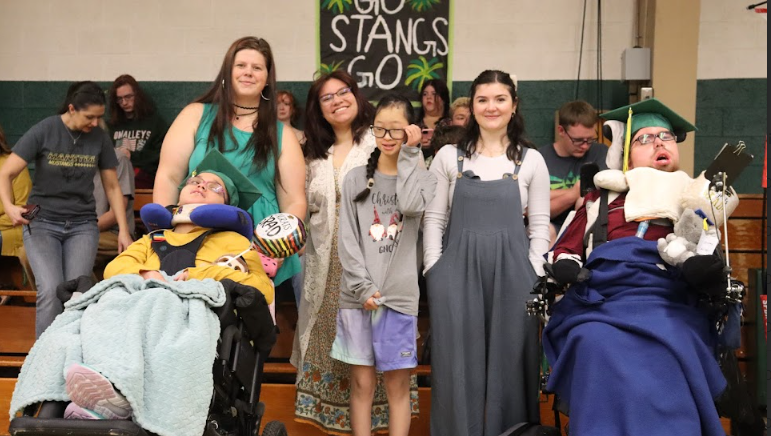


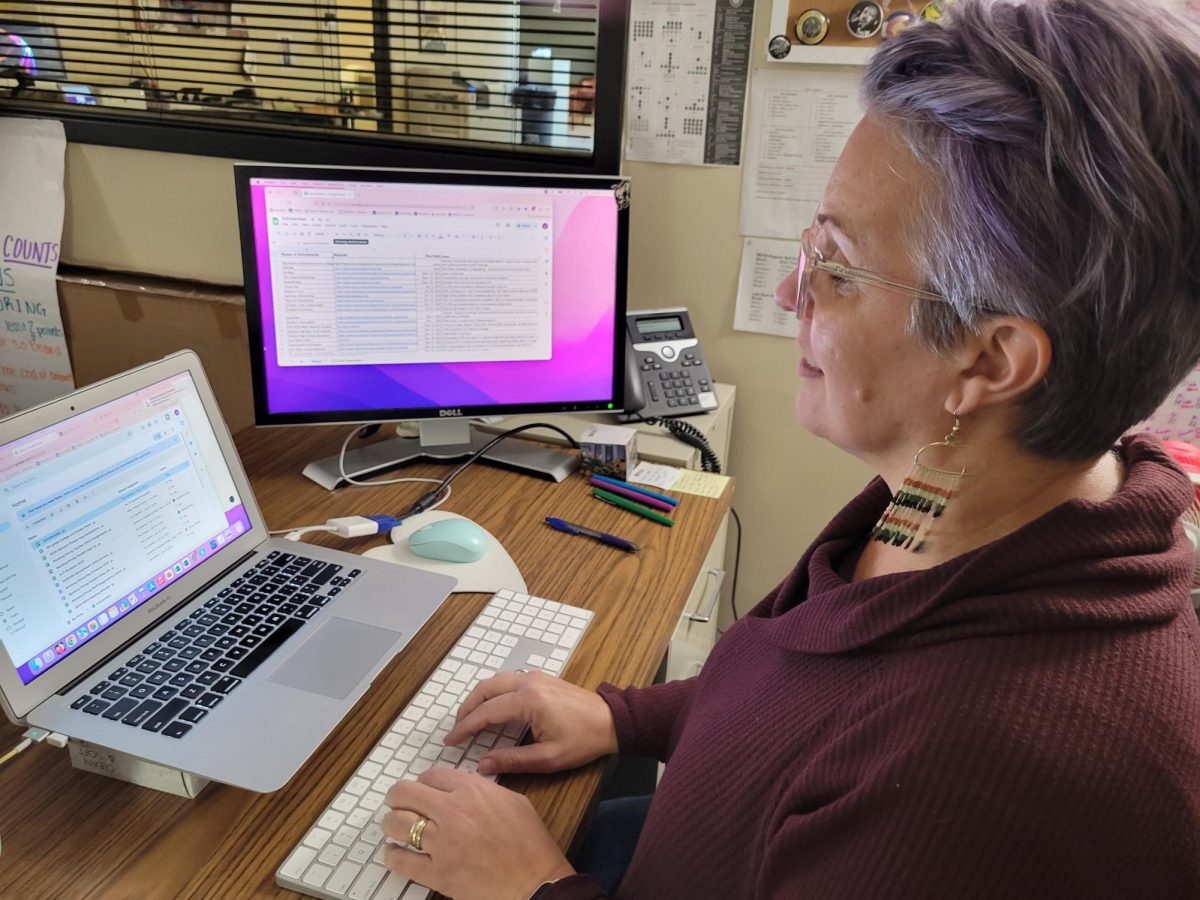

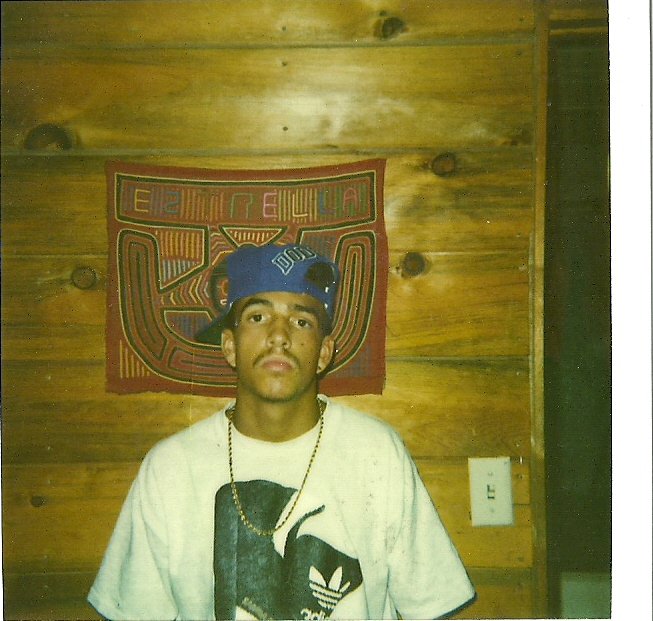





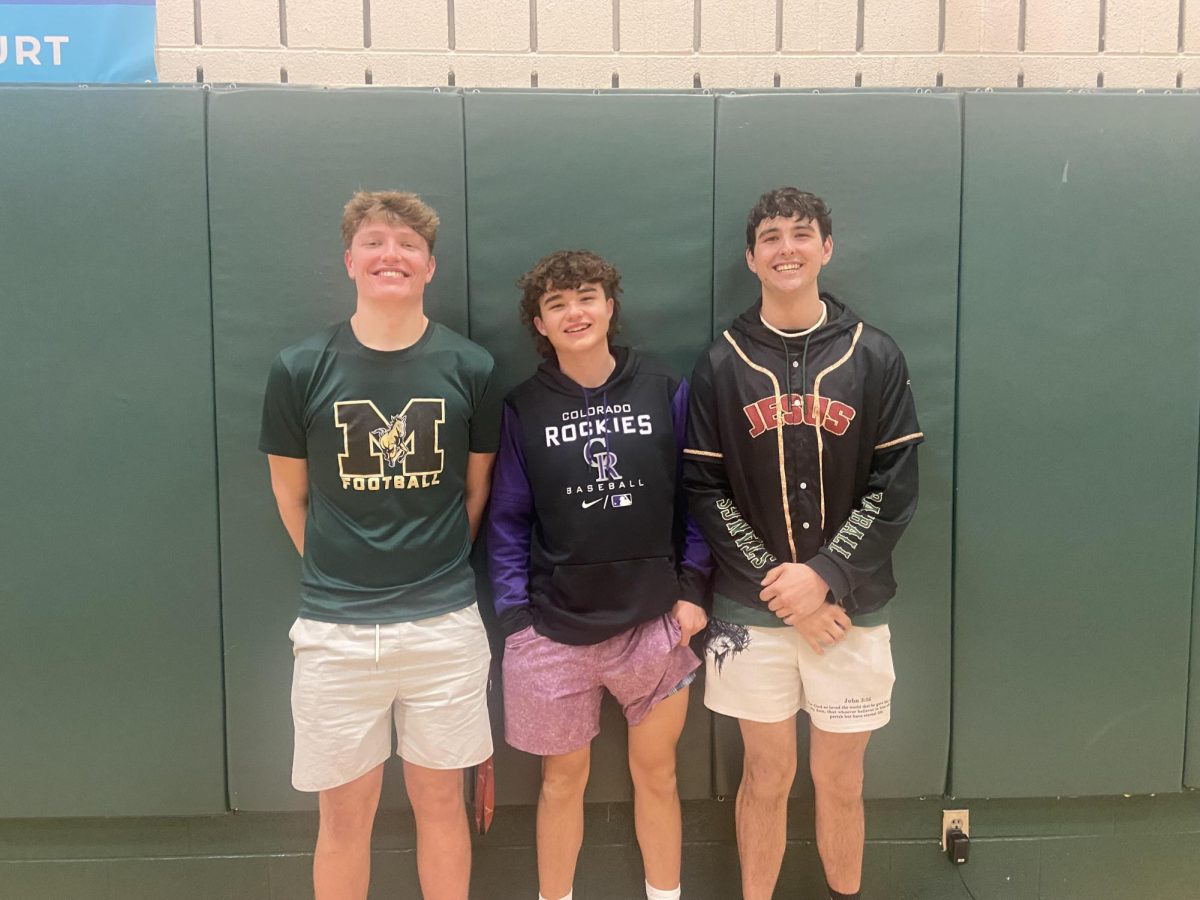


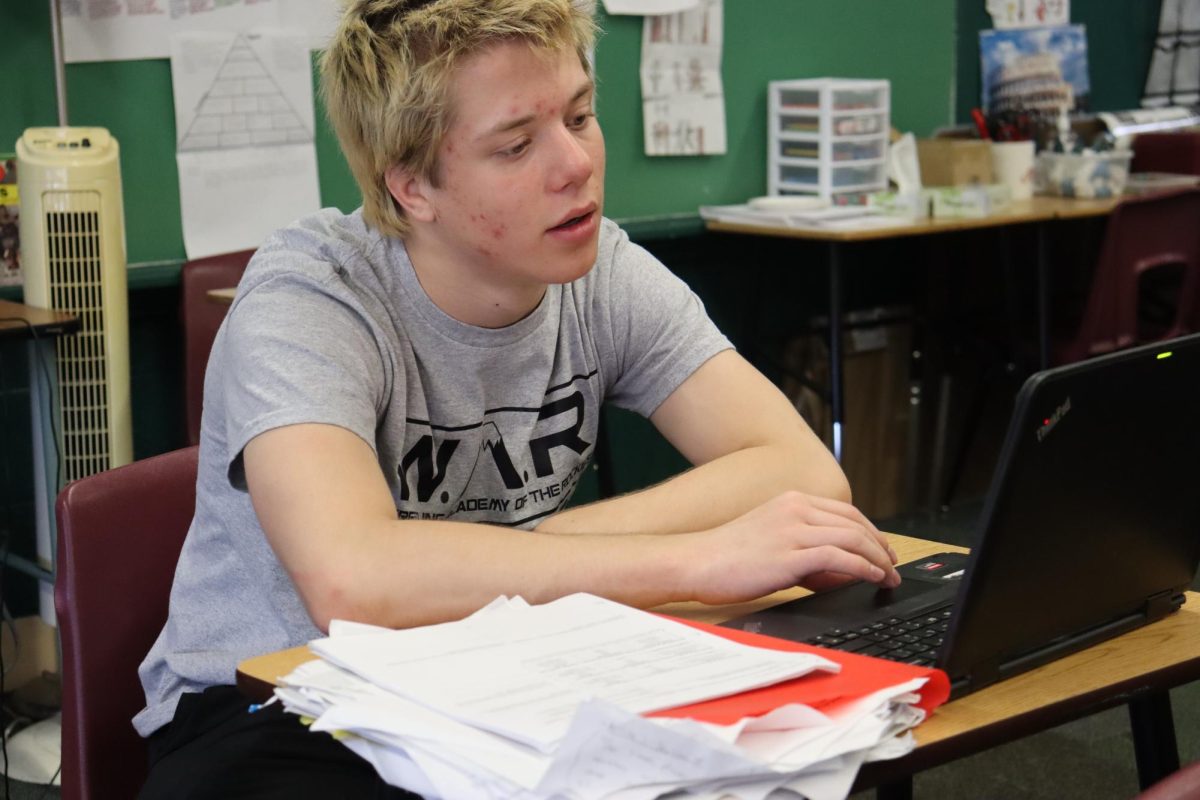
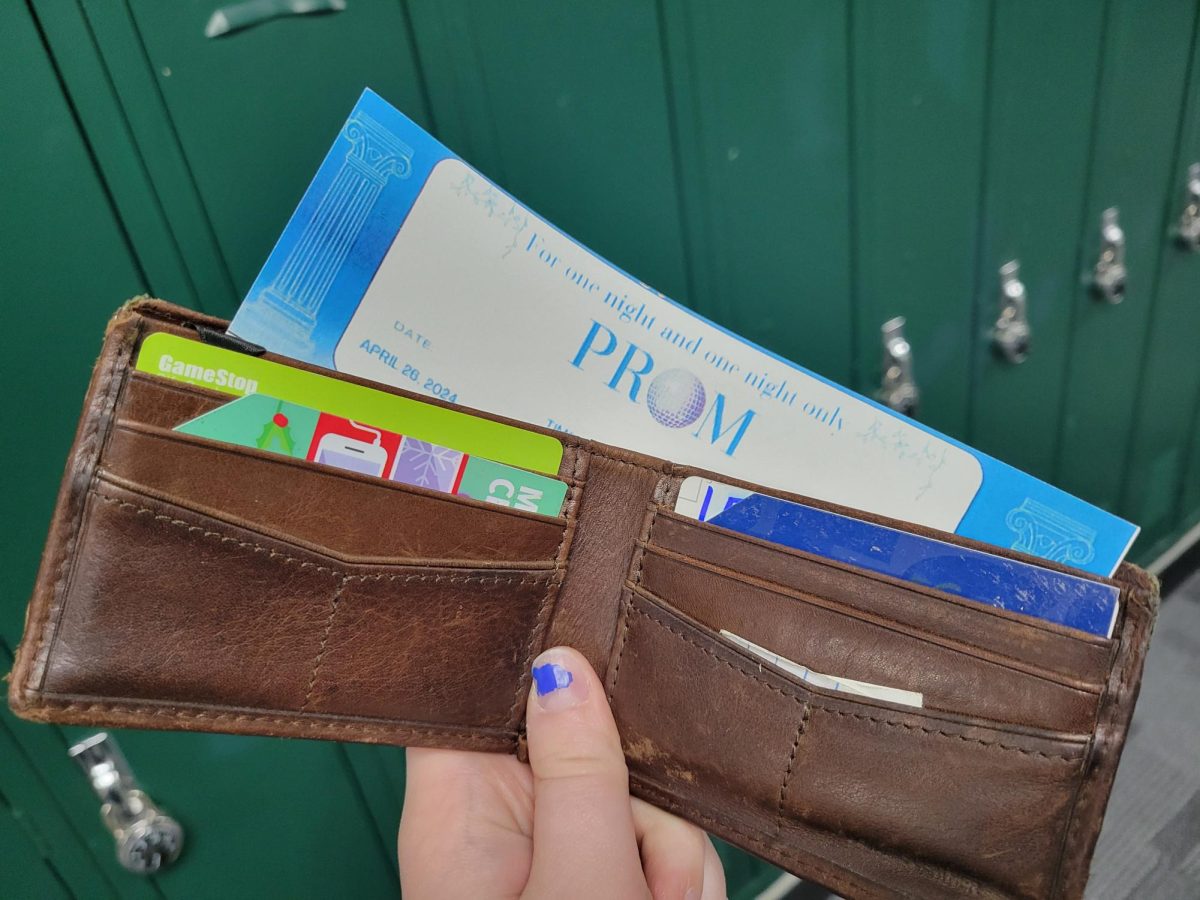
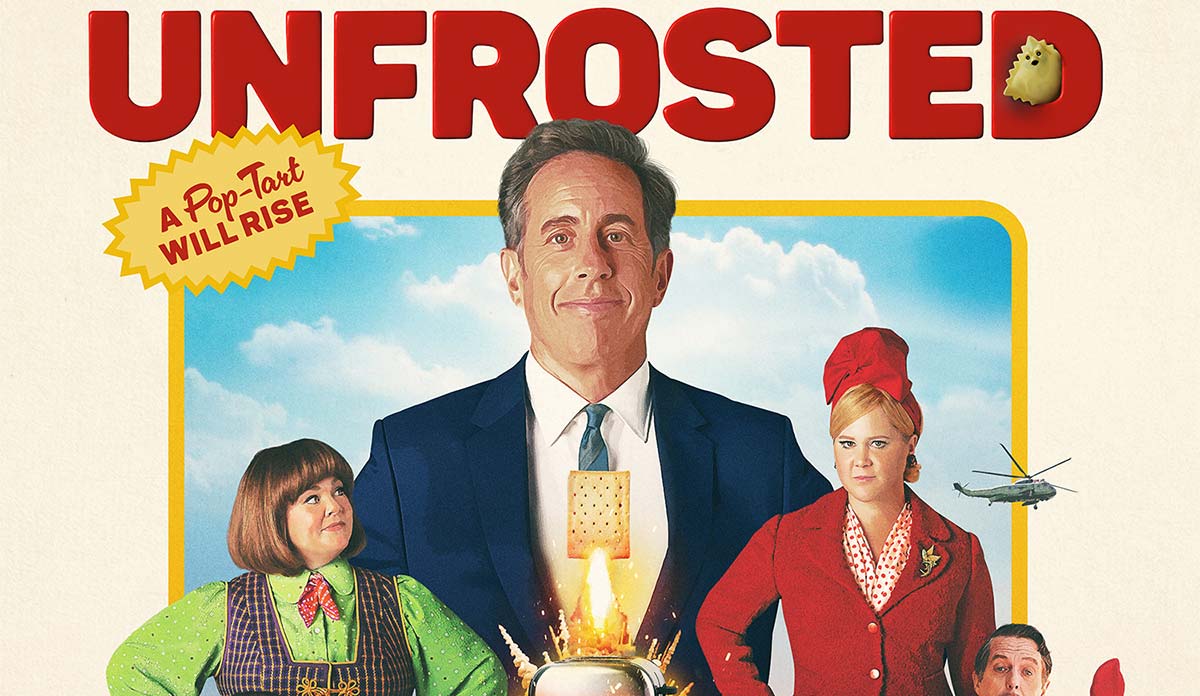





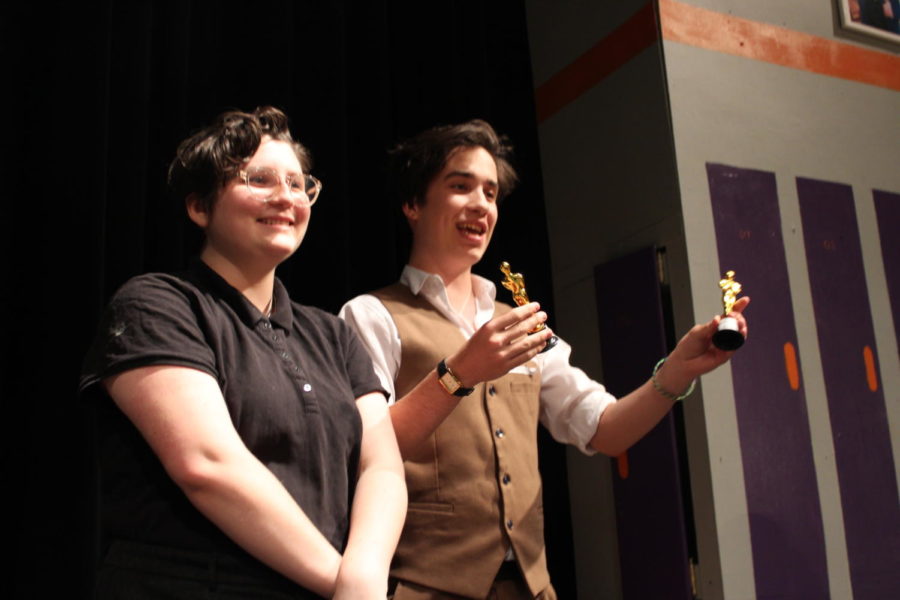
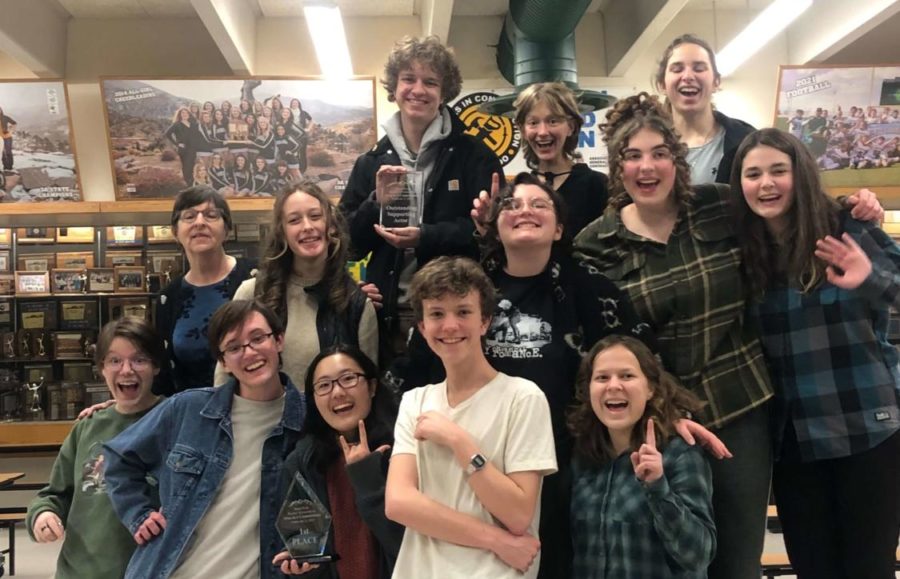
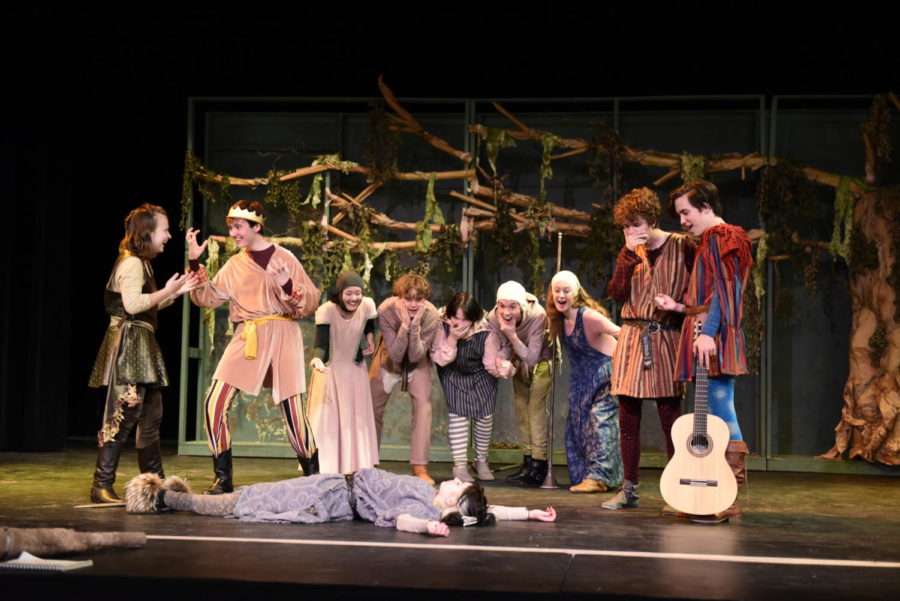
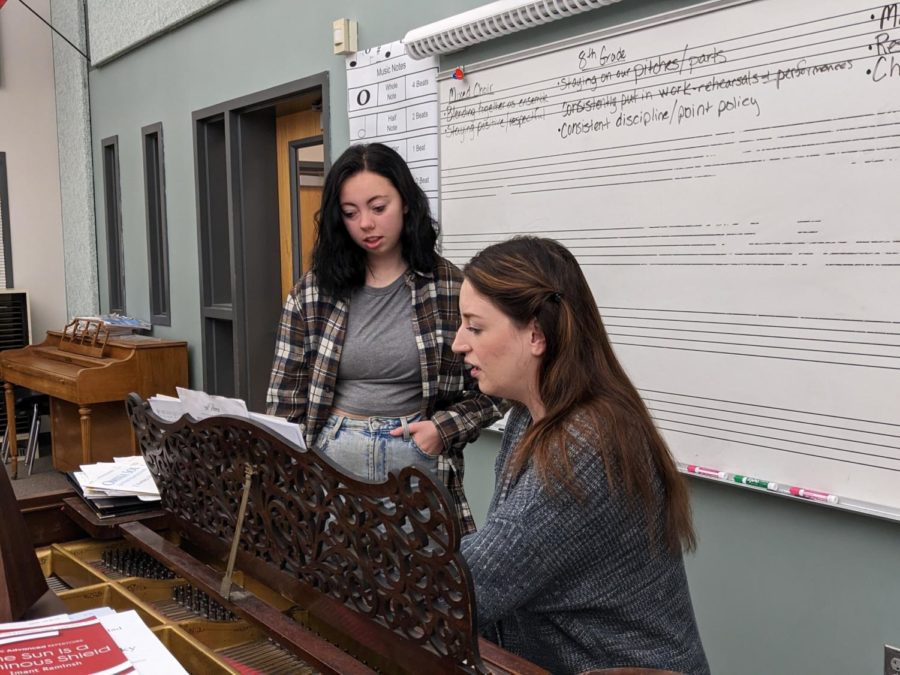
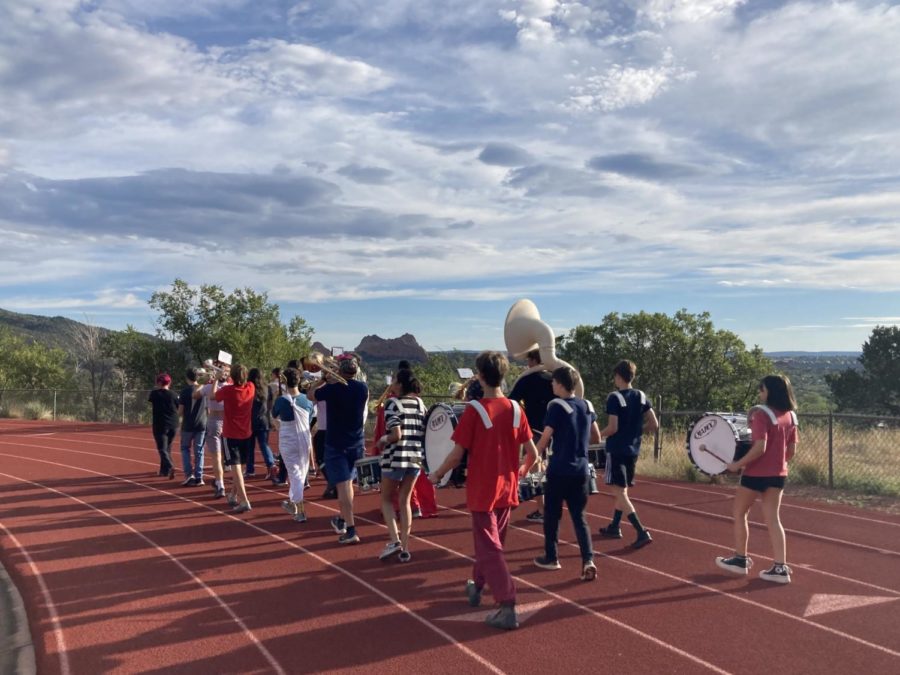
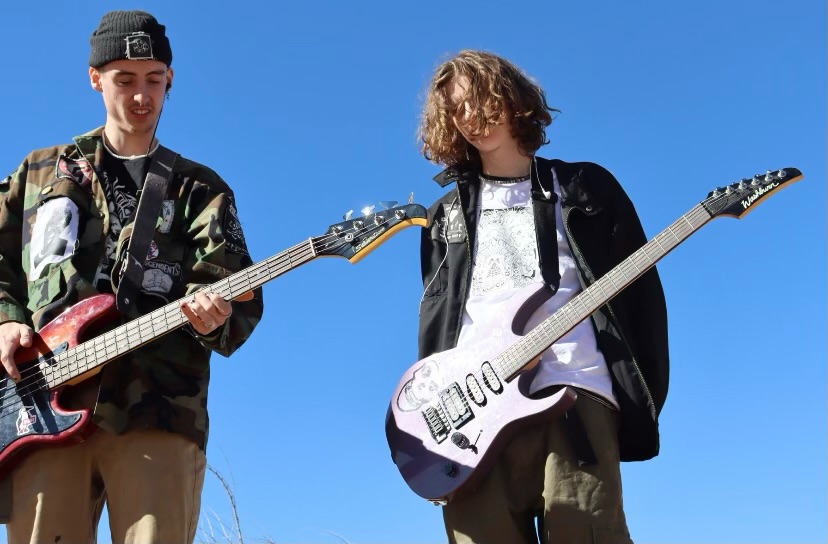
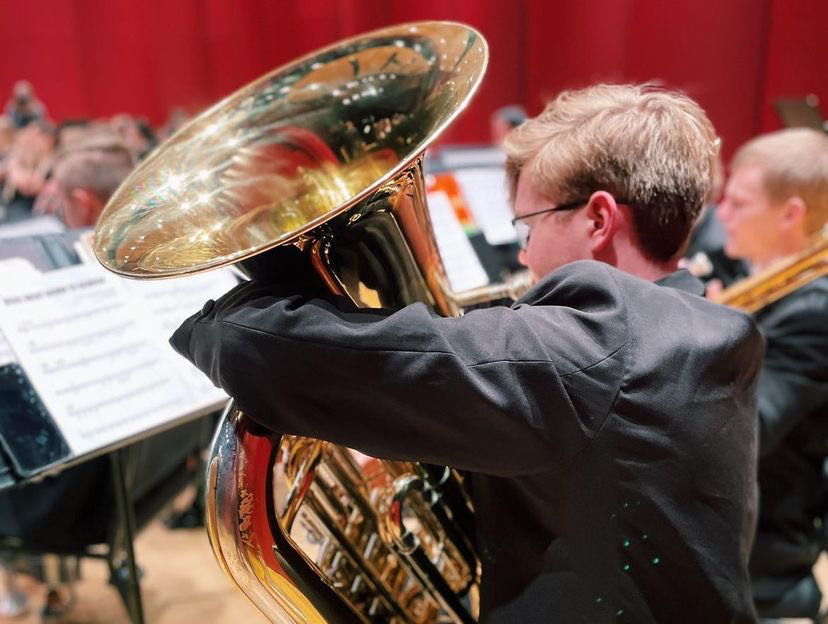
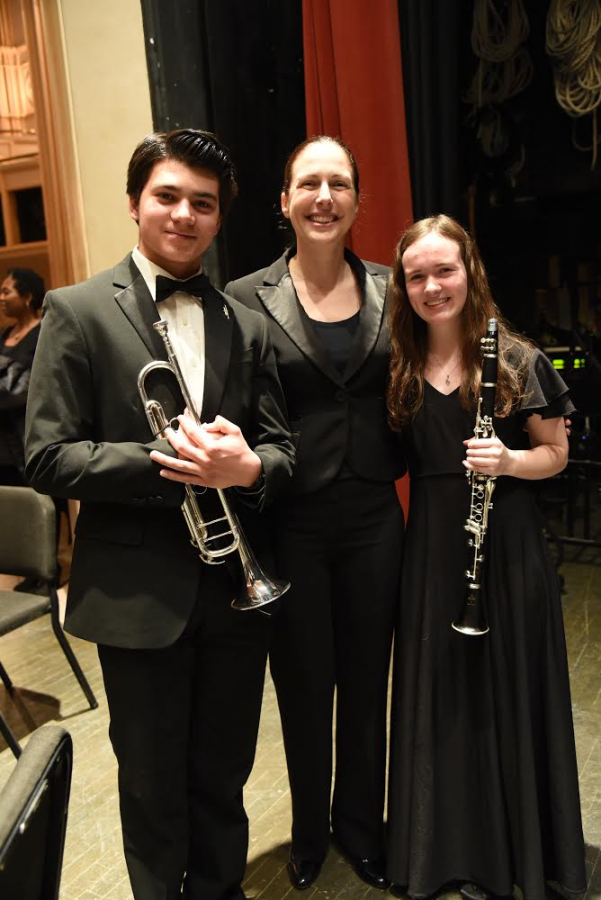
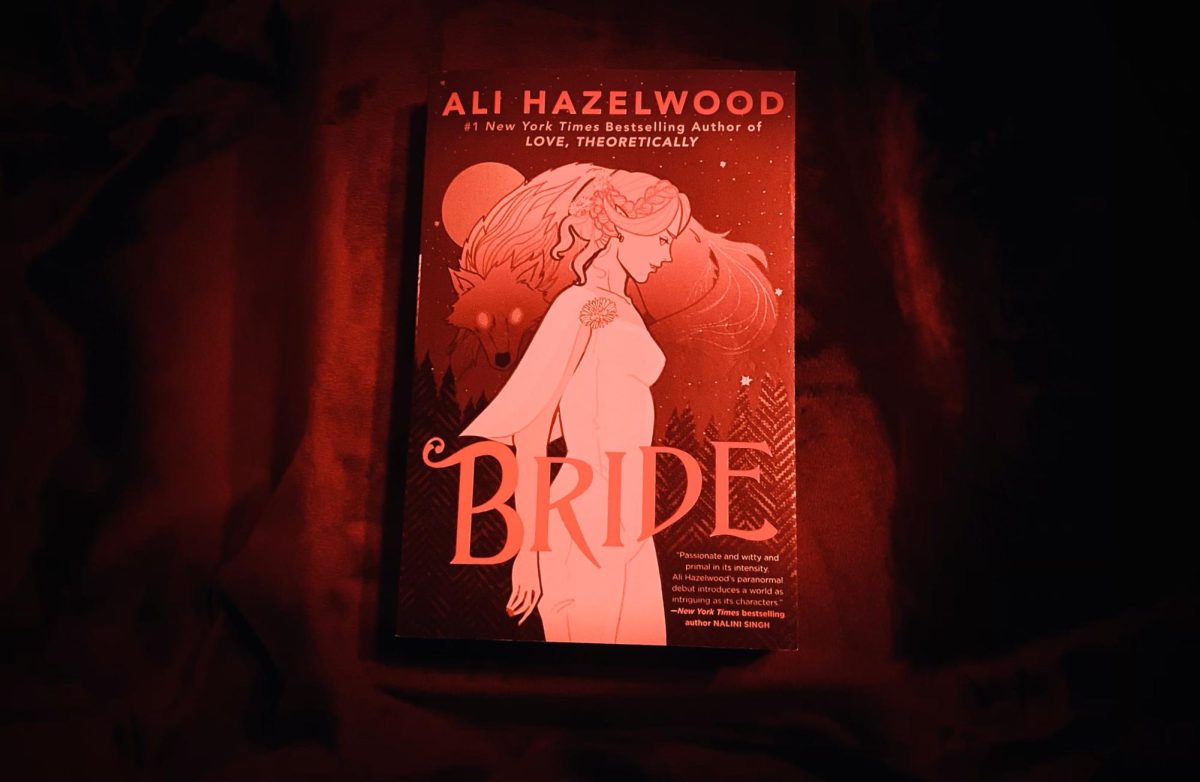


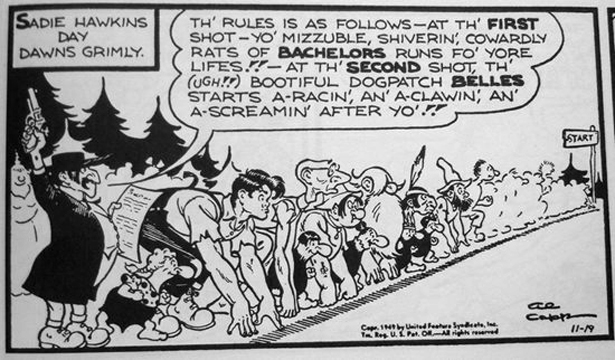




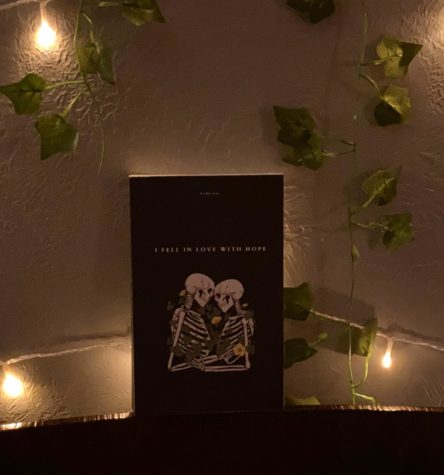
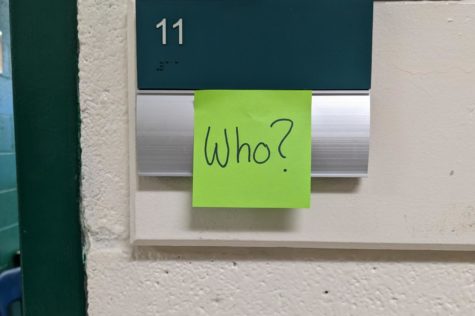
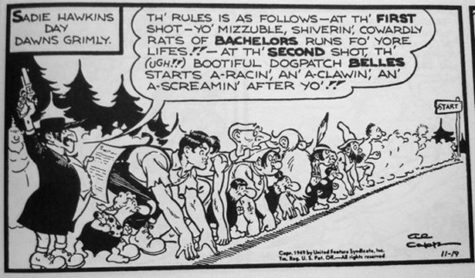

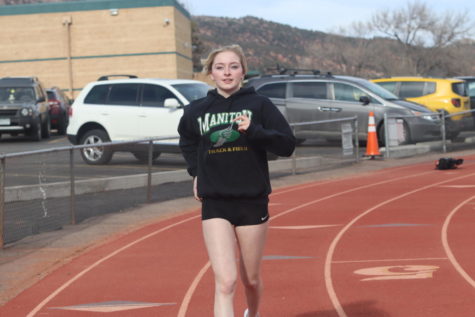

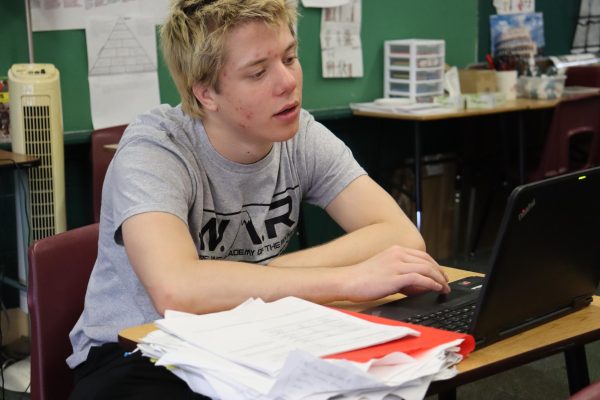
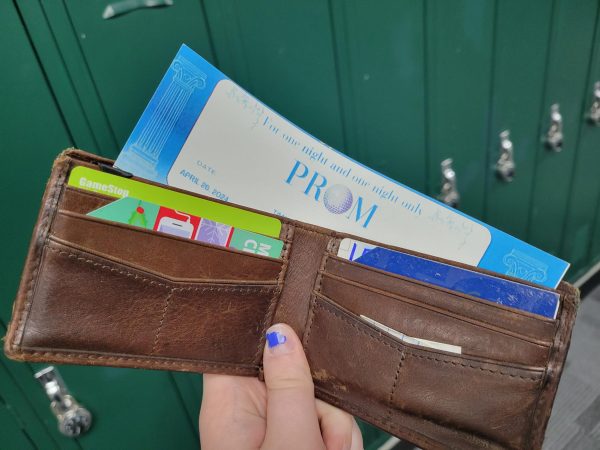
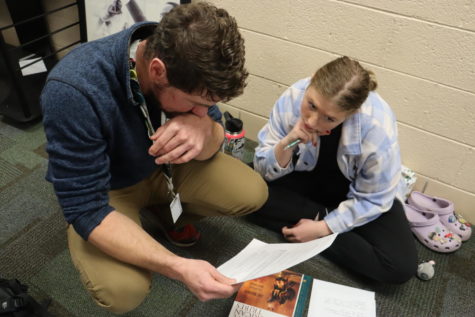
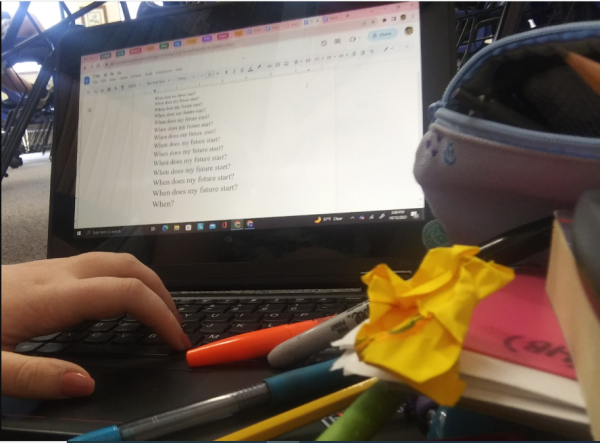
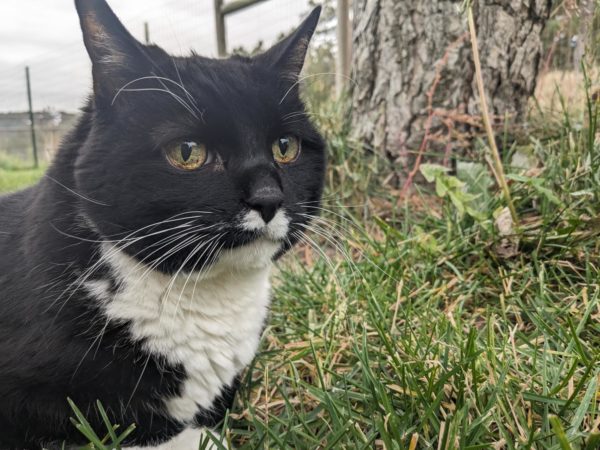

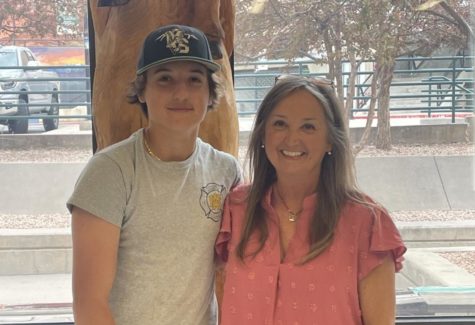
Devlyn Golembesky. • Jan 18, 2023 at 1:36 pm
I do agree, nobody should feel exclude from school activities. It’s good that the school is so willing to help change things for the better. At the end of the day, all that matters is that everyone has a good time.